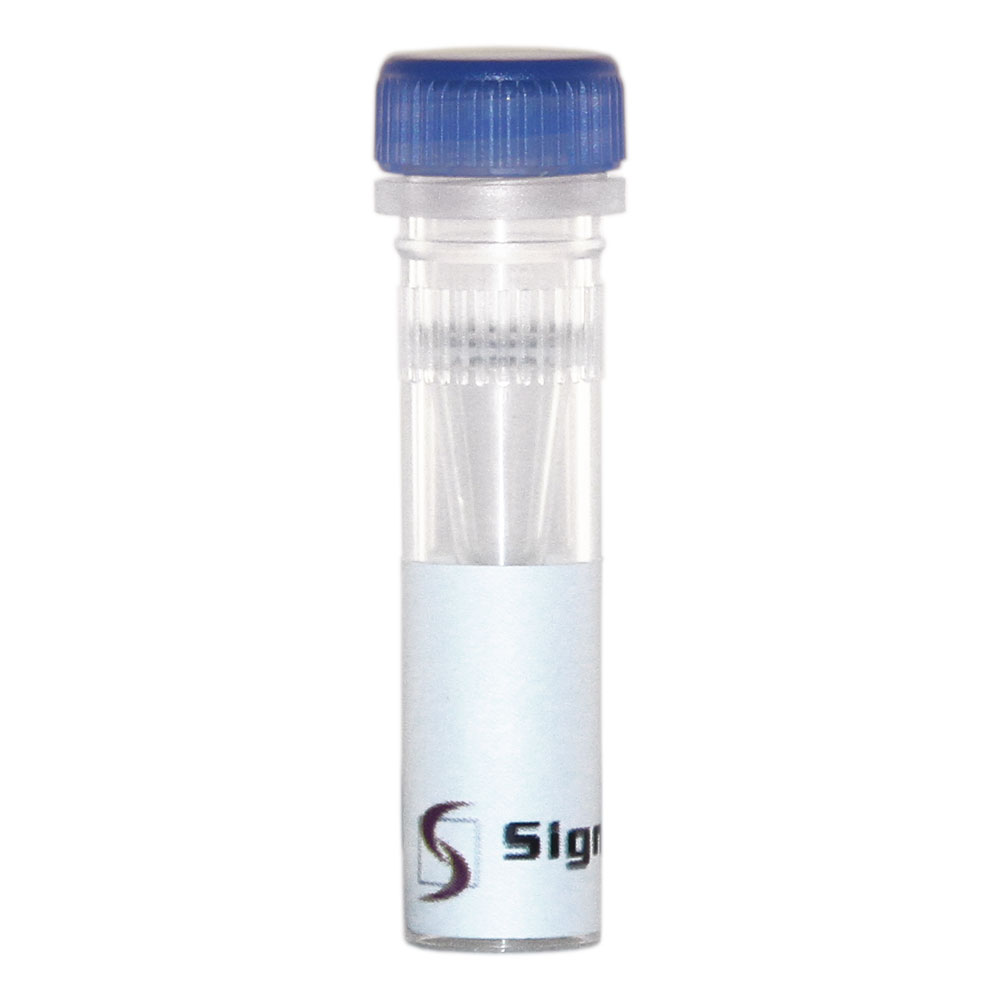
Tau-441, DYRK1A-phosphorylated & Biotinylated
Recombinant human tag-free Tau-441 was co-expressed with DYRK1A in E. coli cells, phosphorylated by DYRK1A in vivo and in vitro, then the purified protein was chemically biotinylated in vitro.
Catalog No. T08-50RNB
| Catalog No. | Pack Size | Price (USD) | |
|---|---|---|---|
| T08-50RNB-20 | 20 ug | $215 | |
| T08-50RNB-50 | 50 ug | $435 | |
| T08-50RNB-BULK | BULK | Contact Us |

 Tau-352 Protein, T03-54N
Tau-352 Protein, T03-54N

 Toll Free: 1-866-954-6273
Toll Free: 1-866-954-6273 info@signalchem.com
info@signalchem.com